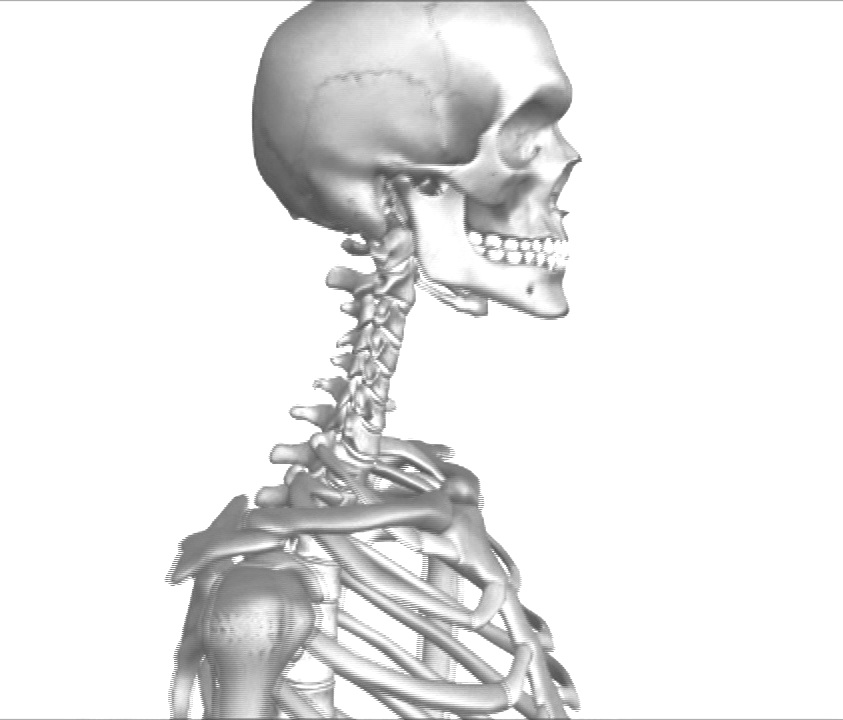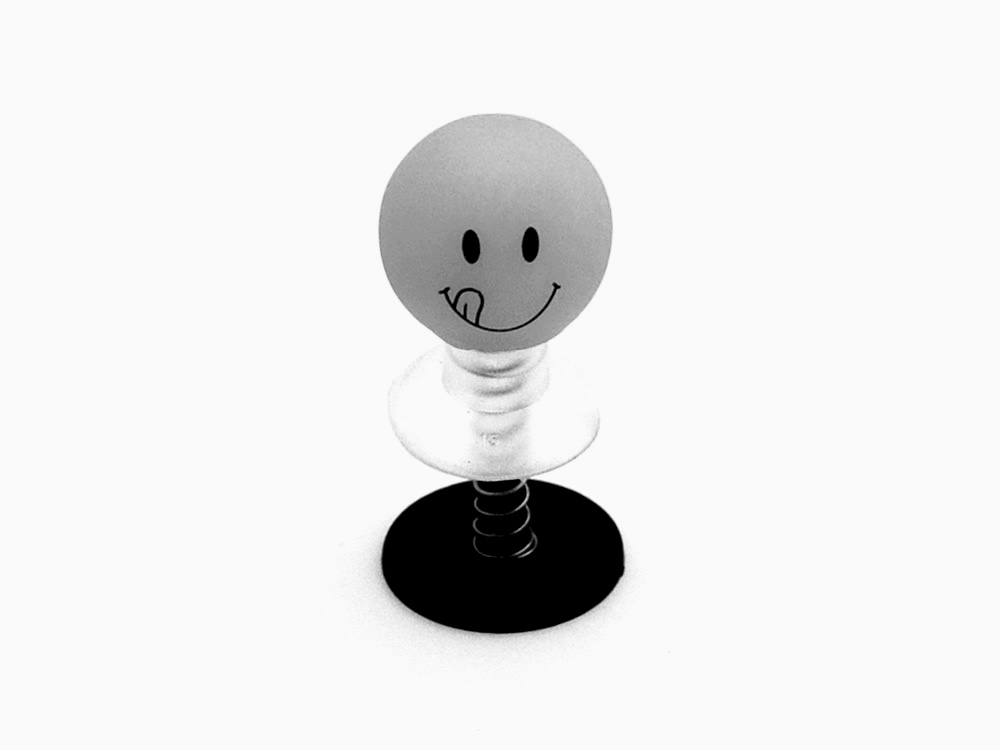The Whole Shoulder - Experiential Anatomy
Ok hands up everyone who suffers from neck or shoulder pain!
(Wait, don't raise them so high, that looks like it might hurt.)
If you consistently use your hands and your eyes for co-ordinated tasks, I'd be willing to bet that at some point in time, perhaps frequently, you experience pain somewhere between your neck and your shoulders.
Building on last week's blog, which focused on the hand/wrist/arm, this week we are headed up to the next major intersection: the shoulder girdle. So just like last week, let's go ahead and investigate what's going on underneath our skin.
The central bony structure off this area is, of course, the spine. On top of it rests your skull, and at the base of that area lies the shoulder girdle, comprised of the clavicle ( the collarbone) and the scapulae ( the shoulder blades). These intersect at the tips with the humerus( the single bone of the upper arm). The base of your skull can be seen as a ring, with the jaw in front, connecting at the ear, then flowing around the back at the occipital joint, which is where the spine joins in.
These two rings ( the base of the skull and the shoulder girdle) need to rest relatively level with each other and the ground in order to maintain a balanced relationship. It's easy to visualize their interaction if you think of a child's spring toy, with the head balanced on the spring, and the spring mounted on a base. If either the head or the base is off, the spring would need to deform in order to compensate.
Our bones define the space in our bodies, but the muscles define the shape. Layered above our "spring" is a complex interweaving of muscles that allow for all of the various articulations necessary for us to mobilize our shoulder girdle, and move our head. Given that we're talking about not only moving our arms around, but also our vision, that's a lot of articulation, and our muscle body has responded beautifully to those requirements.
Think of those muscles as a suspension bridge between two rings, similar to a macrame lampshade, where any shift in the relationship between these two suspended rings, or shortness in any of those cords, would affect the balance of that entire structure. Because of how the cords layer and cross each other, it's not enough to look at a direct, linear relationship. Some of those cords move all the way from the front to the back, whereas others go directly up and down, and if one of them is tight, it will pull the rings off of balance, and the entire lampshade will be affected.
So this week I put together a 5 minute sequence to rebalance this region. We use a technique called " resistance stretching" to reset the length of the muscles between your neck, shoulder, and arm. This basically means that you are contracting your muscles while lengthening them. To practice this the most effectively, keep an even and steady pressure with your head in to your hand, and as opposed to hitting extreme positions ( where the "spring" would be pulled way off balance) create the stretch by reaching the elbow down and out on the side that is being pulled away from.
As always, I don't live in your body, you do. Additionally, I am not a doctor. Please be mindful of your practice and your body, and consult a physician before embarking on any exercise program.



